President Kim Hextall, who was re-elected at this week's annual general meeting, said the numbers represent a return to business as usual.
Beef cattle
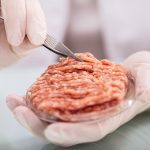
Beef sector wants to clarify lab ‘meat’ claims
Cattle industry says it is important to counter the argument that growing meat in a lab is more environmentally friendly
The Canadian Cattle Association’s primary concern is protecting the word “meat” against what Amie Peck, stakeholder engagement manager for the CCA, described as incorrect labelling once cellular agriculture takes root.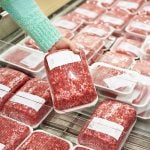
Smaller herds trigger record cattle prices and pricier beef
Chicago fed and live cattle futures hit record highs last week and that will likely push up the price of beef at a time when consumers are already shocked at the level of food inflation.
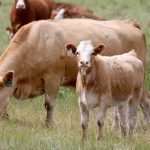
Livestock producers seek risk management improvements
A recent livestock summit heard that even with recent enhancements to AgriStability, the program doesn’t provide proper protection and they view other programs as expensive.

Burrowing owl teaches about cattle
The Manitoba Burrowing Owl Recovery Program uses Bindi to show the public that grazing is environmentally important
Many urbanites don’t connect cattle farming with environmental preservation, even if they don’t see cattle as destructive. Few realize that cattle actually create the environment that endangered burrowing owls need to survive.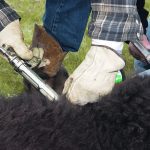
Modified live viral vaccines have their pros and cons
Modified live vaccines give slightly higher antibody levels and in general provide the optimal fetal protection and perhaps more robust immunity than the killed vaccines, which is my main reason for preferring them.
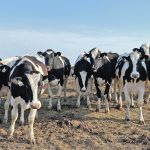
Probiotic developed for dairy cattle
University of Alberta researcher says using probiotics to prevent infection could reduce disease and lower antibiotic use
The use of probiotics to prevent infections could help lower the incidence of diseases, potentially reducing the need for treatment with expensive antibiotics, said Burim Ametaj, who is a professor of physiology and nutritional immunology at the University of Alberta.
Herd health, economics based on water quality
A former livestock specialist says insufficient water intake reduces an animal’s performance faster than any other nutrient deficiency
Water comprises 50 to 80 percent of an animal’s live weight and insufficient intake reduces performance faster than any other nutrient deficiency.
Vertical mixers get their day in the sun
Vertical feed mixers are becoming the tool of choice for producers to combat the rising cost of feed while safeguarding feed quality in dry years.

Polio symptoms linked to high sulphate levels
Sulphate toxicity is one of the leading causes of polio encephalomalacia, which can be prevented by testing water quality
Symptoms of polio encephalomalacia (PEM) include progressive blindness, difficulty walking, depression and seizures in cattle.



